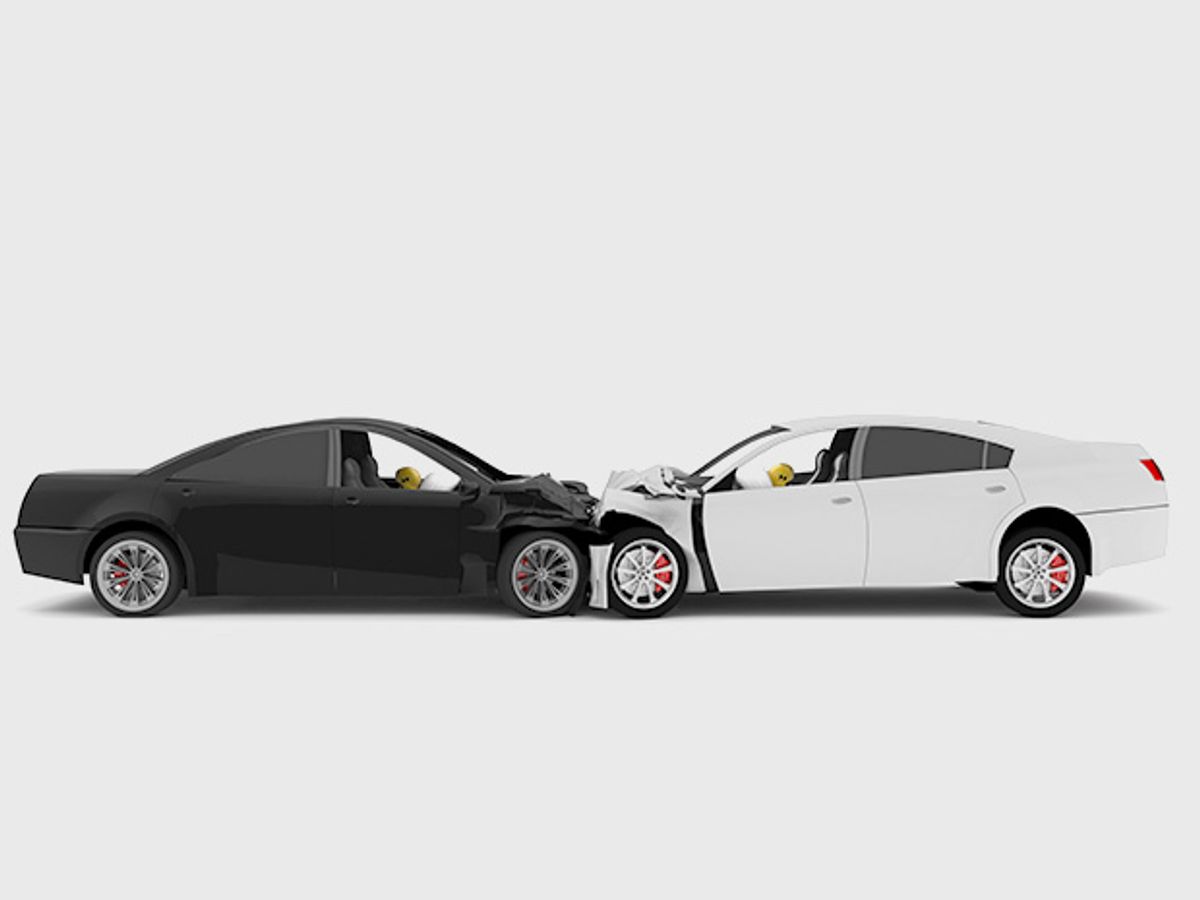A trade agreement between the U.S. and Europe hinges in part upon finding common ground regarding safety standards testing for vehicles. Such common ground could prove easier to reach if vehicle safety standards prove to be roughly the same on either side of the Atlantic. This past summer, a report that analyzed both U.S. and European car safety databases found differences in crash and injury risks for vehicles meeting U.S. and European standards.
The recent study, sponsored by the U.S. Alliance of Automobile Manufacturers, found that occupants of vehicles meeting European Union safety standards have a lower risk of serious injury in frontal or side crashes compared with vehicles meeting U.S. standards. But cars meeting U.S. standards provided drivers and passengers with a lower risk of injury in rollovers. Such data could prove useful to negotiators hashing out the different car safety standards for the Transatlantic Trade and Investment Partnership.
A separate part of the study looked at crash avoidance technologies in vehicles. That analysis found the European cars had driver-side mirrors that may reduce the incidence of lane-change crashes compared with their U.S.-made counterparts. On the other hand, American vehicles caused a smaller proportion of pedestrian deaths after dark, which may suggest that the headlights on U.S. cars make pedestrians more visible in the dark than European models.
The risk model analysis conducted by the University of Michigan Transportation Research Institute, the SAFER Vehicle and Traffic Safety Center in Sweden, and collaborators in France and the UK, represents just a first step in comparing the safety standards of U.S. and European vehicles. Researchers did their best to control for differences in the driving environments and crash risk exposure in the U.S. and Europe, but they could not say for certain that the differences in crash and injury risks arose due to the differences in safety standards.
For example, one alternative explanation is that certain groups of vehicle owners may choose to purchase safer vehicles with ratings higher than minimum standards. Another possible explanation is that the different consumer rating systems used in the U.S. and Europe have greater influence on vehicle safety design than regulatory safety standards. There are also other complications: For example, larger vehicles such as SUVs and pickup trucks are much more popular in the U.S. than in Europe.
Future studies may use computational models that can simulate the physical mechanisms in vehicle designs that might explain crash risk differences. Similarly, such computer simulations could investigate the causes of injury under different conditions. That could go a long way toward validating the crash data analysis of the initial report.
Jeremy Hsu has been working as a science and technology journalist in New York City since 2008. He has written on subjects as diverse as supercomputing and wearable electronics for IEEE Spectrum. When he’s not trying to wrap his head around the latest quantum computing news for Spectrum, he also contributes to a variety of publications such as Scientific American, Discover, Popular Science, and others. He is a graduate of New York University’s Science, Health & Environmental Reporting Program.



